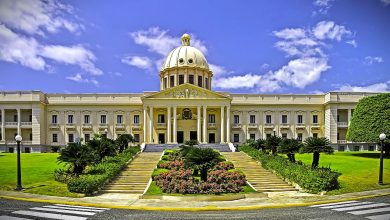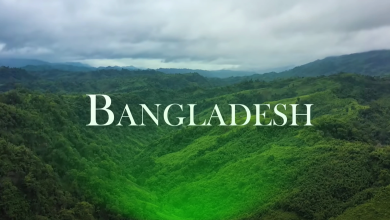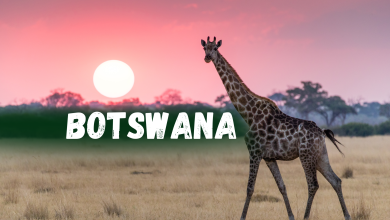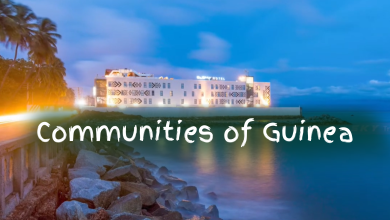Communities of Guinea-Bissau: Learn about diversity.
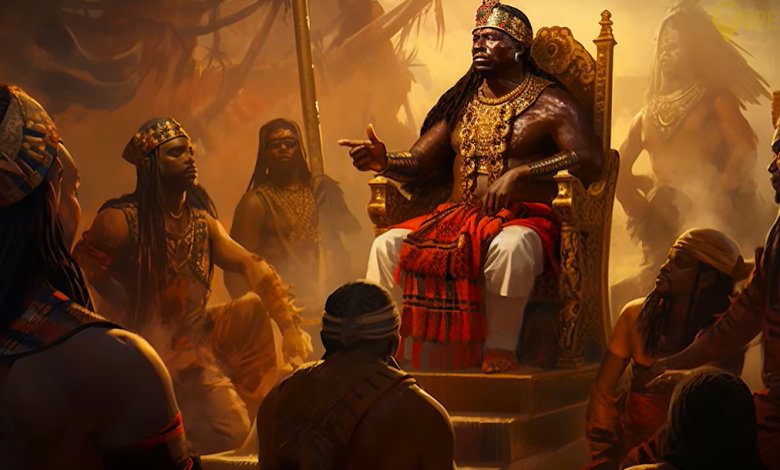
Communities of Guinea-Bissau maintains its position as one of the smallest countries in Western Africa. It has many different communities, and every social group within this territory maintains distinct cultural customs alongside traditional practices.
The Balanta Communities of Guinea-Bissau:
The Balanta population is the biggest ethnic community in Guinea-Bissau. It resides primarily in the southernmost areas. The Balanta ethnic group maintains a reputation for its successful farming practices. The inhabitants grow rice and other plant species.
History shows that the Balanta people preserve an impressive musical heritage. They perform music by playing instruments and drums. The music patterns of this community demonstrate energetic and lively characteristics.
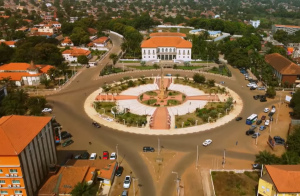
The Fula Communities of Guinea-Bissau:
The Fula community remains a wandering ethnic group whose members tend to livestock. The Fula people carry out their pastoral activities between different areas while traveling with their cattle herds. Among the members of the Fula community, they are appreciated for their elegant traditional attire. They wear bright, colorful fabrics.
Traditional Fula culture features extensive spoken word transmission from generation to generation. Among their cultural practices, they deliver narrative performances and perform musical songs. Fula stories get relayed through generations of Fula people.
Crucial Takeaways:
Guinea-Bissau has numerous different communities.
Each community has its own unique culture and traditions.
The Balanta are known for husbandry and music.
The Fula are vagrant herdsmen and fibbers.
The Mandinka have a strong tradition of liars and husbandry.
The Manjaco are professed tradesmen and musicians.
The Papel are known for fishing and weaving.
The Bijagos are expert mariners and artists.
The Nalu are professed growers and musicians.
The Susu are known for trading and music.
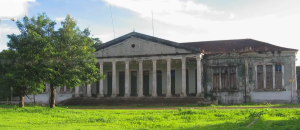
The Mandinka Communities of Guinea-Bissau:
Among the vital groups found in Guinea-Bissau is the Mandinka ethnic community. This ethnic group possesses an abundant cultural heritage and ancient traditions. The population of Mandinka emphasizes its deep connection to storytelling traditions. This ethnic group features distinctive musical compositions alongside its original musical approach.
The Mandinka possess unique agricultural expertise. The population farms millet together with sorghum and rice crops. They also raise livestock.
The Manjaco Communities of Guinea-Bissau:
Most of the Manjaco people inhabit the northwestern sections of Guinea-Bissau. Their skilled artistic work has made them recognized throughout their region. Their woodworking skills enable them to produce exquisite wooden artworks, which they use during multiple traditional ceremonies.
Music plays a central role in the cultural heritage of the Manjaco community. The Manjaco play musical instruments, including the kora and the balafon. Music is of essential cultural importance to the people of the Manjaco community.
The Nalu Communities of Guinea-Bissau:
The Nalu community resides in the southwestern part of the country. Its demographic is accomplished in agricultural activities. Nalu cultivators produce three main agricultural products: rice, millet, and peanuts. The Nalu people care for cattle and goat herds among their livestock assets.
Music and dance are significant parts of the Nalu population’s cultural heritage. The drum and balafon are among their musical instruments—the entire community dances with strong movements that create high energy.
Learn Further About the Communities:
Guinea-Bissau is home to numerous different communities. Each community has its own unique culture and traditions.However,
If you want to learn more about different communities, visit www.ccnworlds.com/category/world-community.
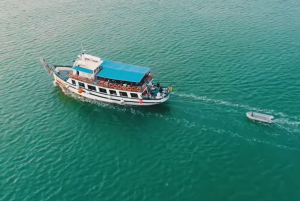
The Susu Communities of Guinea-Bissau:
The majority of the Susu population dwells in coastal areas of their territory. The people are recognized for their talent in trading activities. The Susu traded goods like fish, rice, and salt. The communities maintain a flourishing heritage comprising musical and dance traditions.
Among their musical instruments, the Susu people use drums and koras to create Music, Which constitutes a vital cultural aspect of Susu traditions. The culture among the Susu holds storytelling as one of their most significant customs.
| Community | Region | Main Activities |
|---|---|---|
| Balanta | Southern Regions | Farming, Music |
| Fula | Various Regions | Herding, Storytelling |
| Mandinka | Various Regions | Agriculture, Storytelling |
| Manjaco | Northwestern Regions | Craftsmanship, Music |
| Papel | Coastal Regions | Fishing, Weaving |
| Bijagos | Bijagos Islands | Sailing, Art |
| Nalu | Southwestern Regions | Farming, Music |
| Susu | Coastal Regions | Trading, Music |
The Papel Communities of Guinea-Bissau:
Most members of the Papel people live in coastal areas. Fishing methods define the Papel community. The Papel catch fish and other seafood. The people of this community maintain a proud heritage of fabric creation. Members of the Papel community create attractive traditional basketry and matting items.
The musical expressions of the Papel people stand as a unique cultural heritage. The Papel perform musical instruments by playing both drums and flutes. Measurements of their musical pieces frequently accompany rituals and periodical gatherings.
The Bijagos Communities of Guinea-Bissau:
The Bijagos people settle in the Bijagos Islands, which are near the coastline of Guinea-Bissau. Due to their maritime expertise, the Bijagos population is highly regarded for their sailing abilities. Through their mastery of boating and fishing, the people demonstrate superior skills at sea.
Members of the Bijagos population have a distinct cultural pattern. This community possesses several Indigenous languages and unique cultural habits. People identify the Bijagos through their culturally distinguished artistic works. The community produces masks and sculptures, which they use for different ceremonial events.
Conclusion
Guinea-Bissau is a country with rich artistic diversity. The colorful communities each have a unique way of life and contribute to the country’s vibrant culture. Exploring these communities gives a deeper understanding of Guinea-Bissau.
Frequently Asked Questions
What Are The Main Ethnic Groups In Guinea-bissau?
The main ethnic groups include Fula, Balanta, and Mandinka. Learn about different communities at www. ccnworlds. com/category/world-community.
How Many Languages Are Spoken In Guinea-bissau?
Over 20 languages are spoken, including Portuguese and Creole. Learn about different communities at www. ccnworlds. com/category/world-community.
What Is The Population Of Guinea-bissau?
The population is approximately 1. 9 million. Learn about different communities at www. ccnworlds. com/category/world-community.
What Is The Predominant Religion In Guinea-bissau?
Islam is the predominant religion, followed by Christianity. Learn about different communities at www. ccnworlds. com/category/world-community.

